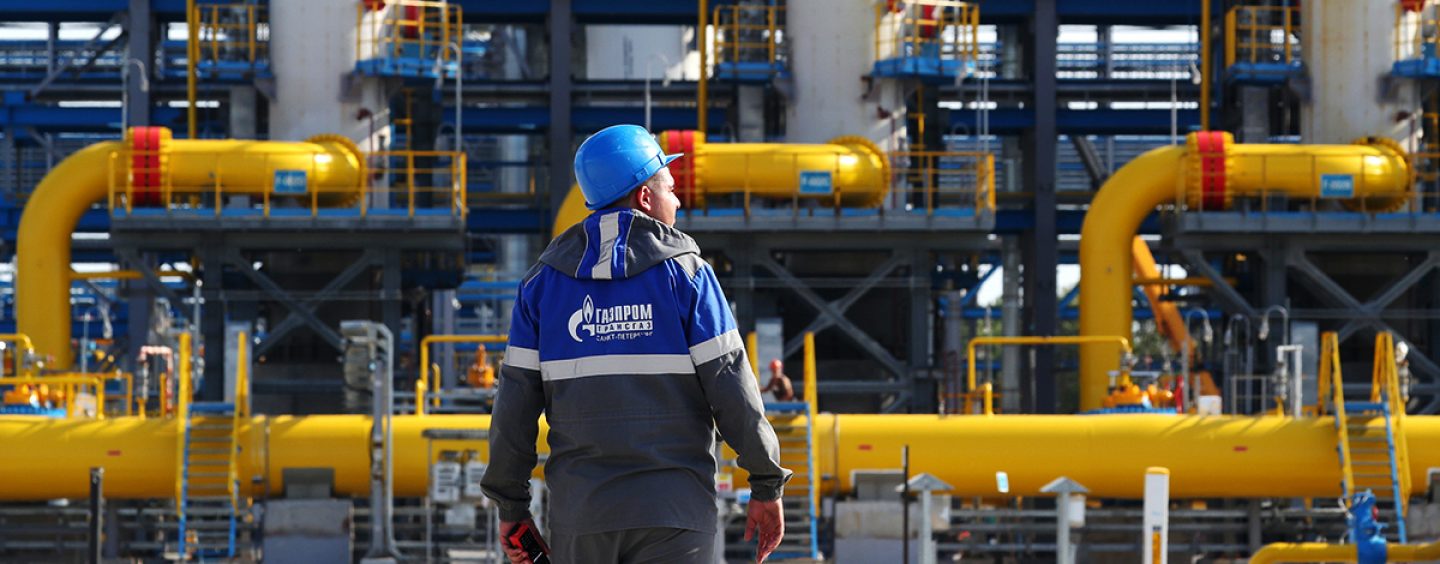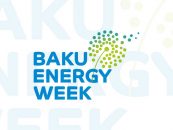EU to pay more for alternative energy resources if available, while Russia, despite rerouting exports, will lose lucrative EU market, says Turkish professor
While the EU scrambles to source alternative energy suppliers to minimize reliance on Russian fossil fuels, Russia is also starting to look for alternative markets for its energy exports, according to Kemal Ilyasoglu, a professor at Türkiye’s Marmara University.
Ilyasoglu envisages that this EU-Russia “split” will be costly for both sides.
As the tension in Ukraine enters its fifth month, Russia continues its refusal to label the situation as “war”, although events have escalated to a war between Russia and the West.
The Ukraine-Russia war has claimed thousands of lives, displaced millions of people, triggered a global food crisis and negatively impacted global economies.
On the energy side, the supply map has changed as EU countries have been forced to question their energy policies, ultimately deciding to reduce their years-long dependency on Russia. This policy reevaluation similarly prompted Russia to change tact and diversity its energy markets away from Europe towards Asia.
EU’s new energy strategy
The EU imported 155 billion cubic meters of gas from Russia last year, constituting 40% of its total gas consumption.
The bloc plans to end coal imports from Russia by August 10 and oil imports by the end of 2022 within the framework of the REPowerEU strategy, which envisages eventually reducing dependency on Russia. It also aims to reduce its gas imports from Russia by nearly two-thirds by the end of the year.
However, some EU members, including Lithuania, Bulgaria, Finland, and Poland, have fully abandoned Russian gas. These countries were the first to cut ties with Russia in the energy sector by refusing to buy Russian gas in rubles.
Poland pioneer in reducing its reliance on Russian gas
Mindful of Poland’s harsh policy towards Russia and its leading role in increasing sanctions on Russia, Ilyasoglu said the country’s long-term disputes with Russia and its own interests in the region have played a significant part in its role.
“Poland has been endeavoring to minimize its dependency on Russian gas for several years. Instead of Russian gas, Poland intends to use liquefied gas exported mostly from the United States, as well as 10 billion cubic meters of Norwegian gas per year from the Baltic Pipe, which will be operational in October,” he said.
Lithuania relies on the 4 billion cubic meters of liquefied gas in the FSRU terminal it built in Klaipeda, which it aspiringly named “Independence”.
According to Ilyasoglu, this quantity will be more than enough to meet Lithuania’s annual natural gas needs and for gas exports to neighboring countries.
“Even Finland, which gets around 1 billion cubic meters of gas from Russia each year, but has stopped buying it after the Russia-Ukraine war, is considering buying gas from this terminal. Finland, like the other Baltic states, intends to lease floating terminals for liquefied gas from the US,” he said.
Bulgaria, which imports Azerbaijani and Russian gas, is replacing Russian gas with Algerian and Qatari gas. However, Ilyasoglu warned that Bulgaria is likely to face difficulties over the winter months “unless other countries step in” to help out.
Spain could become center for liquefied gas terminals
There are also other countries, including Germany, France, Austria and Italy, which have agreed to buy Russian natural gas in rubles due to their significant reliance, while also looking for new suppliers to gradually wean off Russian dependency.
Ilyasoglu believes that Spain sets an example as a country that can offer a solution to ending this reliance with its 60 billion cubic meters of liquefied gas terminals. He suggested that Italy could benefit by gaining access to these terminals through a pipeline.
“Building a pipeline with a capacity of 30 billion cubic meters from Spain to Italy is now on the table. Such a pipeline would have the potential to reduce Italy’s reliance on Russia,” he said.
Germany likewise is seeking alternative supplies through liquefied gas.
“Germany leased four floating terminals for its liquefied gas reserves in 2022 and has already decreased its reliance on Russian gas from 55% to 35%. The country intends to cut this ratio to 10% by 2024. France and Austria, the two countries most reliant on Russia, intend to phase out Russian gas entirely by 2027,” he said.
EU’s search for new alternatives
The Russian crisis has enhanced the importance of energy resources from the Caucasus and the Middle East, and according to Ilyasoglu, Azerbaijan is the most likely country in Caucasia to develop cooperation with the EU.
He cited a recent agreement between Azerbaijan and the EU covering plans to increase natural gas imports from Azerbaijan from 8 billion cubic meters to 20 billion in five years.
“Even Russia’s ally in Europe, Serbia, intends to purchase gas from Azerbaijan,” he added.
“Although EU states are interested in resources in countries such as Algeria, Morocco, Egypt, and Libya, it needs major expenditures such as the construction of new pipelines. Financially, this will be difficult, and the development of new pipes will take time,” he said.
Moscow’s list of “unfriendly countries” is growing, yet countries like Hungary insist on buying natural gas from Russia.
“Greece, Slovakia, Slovenia, Denmark, and Croatia were most recently included in this list. Denmark and Croatia have their own resources, but Greece relies on Azerbaijani gas via Turkey and Slovakia and Slovenia on liquefied gas from Europe,” Ilyasoglu said.
Although reducing the EU’s reliance on Russian fossil fuels has been discussed for many years, Ilyasoglu said this is the first time that meaningful efforts have been taken.
According to experts, Russia’s natural gas supplies to the EU would drop by 40% by 2023, and will decline significantly by 2025.
Despite this plummet in Russian exports, Ilyasoglu said that Russia will continue to make roughly the same amount of money while selling less gas than the previous year as energy-related ambitions and developments drive up natural gas prices to historic highs.
He also maintained that a drop in quantities would make it difficult to implement the Nord Stream-2 project, which cost billions of dollars to build.
Russian oil and gas sector in search of new markets
Amid the EU’s efforts to reduce energy imports from Russia, Moscow has been searching for new markets for its oil and gas, both of which are significant sources of income for the Russian economy.
Ilyasoglu said Russia is striving to benefit from the greater energy needs of Asia-Pacific countries, notably China.
“The Kremlin is attempting to capitalize on China’s increasing demand for natural gas. In 2021, China consumed approximately 350 billion cubic meters of gas, roughly half of which was imported,” he said.
However, Russia’s share in China’s gas needs was only 10%, although Gazprom officials claim that by 2025, they will be able to triple or quadruple the volume of natural gas exported to China.
According to Ilyasoglu, this rerouting of Russian natural gas from the European market to Asia via the to-be-constructed Power of Siberia-2 pipeline will take time along with major investments and is an endeavor that is both risky and costly as witnessed previously with the Nord Stream 2 pipeline.
He recommended that Russia’s best short-term alternative is in selling liquefied gas, coal, and oil to China.
“In fact, China more than doubled the amount of energy resources it received from Russia in the first half of 2022, while India raised it fivefold. Russia made $24 billion in a short period of time alone from the sale of energy resources to these two countries.”
The Turkish expert conceded that even if Russia’s ties with the EU improve in the future, cooperation in this field has been severely harmed.
Regardless, he asserted that even if the EU finds an alternative to Russian energy resources and reduces the amount of energy resources it receives from Russia, EU countries will have to pay much more money for these alternative energy supplies.
Likewise, Ilyasoglu stressed that even if Moscow finds new markets outside of the EU, it will be impossible to develop new pipelines to the Far East, and the price of the energy resources it exports to China and India will stay significantly below the international market.
“As a result, the split of the EU and Russia will be costly for both parties,” he said.






